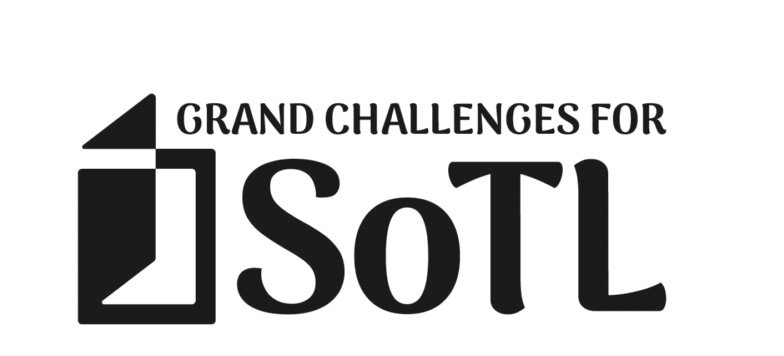Adjectives are words or phrases used to modify nouns. There are three degrees of adjectives: positive, comparative, and superlative. The positive form of an adjective is the infinitive form of the adjective (e.g. he is tall). The comparative form of an adjective is used for comparing two people or things (e.g. he is taller than me). The superlative is used for comparing one person or thing with every other member of their group (e.g. he was the tallest boy in the class). Adjectives make their comparative and superlative forms in different ways, depending on the root of the adjective itself.
1. Adjectives with one syllable
In general, if the adjective has one syllable, then the letters –er or -est are added:
Positive
warm
quick
tall
Comparative
warmer
quicker
taller
Superlative
warmest
quickest
tallest
2. Adjectives with one syllable ending in e
If the adjective has one syllable and ends in e, the letters -r or –st are added:
Positive
late
nice
large
Comparative
later
nicer
larger
Superlative
latest
nicest
largest
3.Adjectives with two syllables
Adjectives with two syllables vary.
Some add –er/-est or –r/-st, like 'feeble'
Some use the word more for the comparative and most for the superlative, like 'famous'
Many can add the ending or use more and most, like ‘clever’
Positive
feeble
famous
clever
Comparative
feebler
more famous
cleverer/most clever
Superlative
feeblest
most famous
cleverest/most clever
4. Adjectives with spelling changes
Some one-syllable adjectives that end with a single consonant (e.g. big and sad) double this consonant before adding –er, or –est:
Positive
big
sad
Comparative
bigger
sadder
Superlative
biggest
saddest
If the adjective ends in y (e.g. happy and greedy) change the y to an i and add –er or –est:
Positive
happy
greedy
Comparative
happier
greedier
Superlative
happiest
greediest
Some common adjectives have irregular comparative and superlative forms that simply must be learned:
Positive
bad
good
little
much
Comparative
worse
better
less
more
Superlative
worst
best
least
most
Adjective order
When using multiple adjectives to describe a noun there is a specific order for the adjectives. This order is:
Determiners or limiters
Observations or subjective remarks
Size
Shape
Age
Colour
Origin or source of the noun
Material of the object
Qualifier or final limiter. Can be regarded as part of the noun.
Examples:
| Determiner | Observation | Size | Shape | Age | Colour | Origin | Material | Qualifier | Noun |
|---|---|---|---|---|---|---|---|---|---|
| a | beautiful | new | black | Italian | sports | car | |||
| five | shiny | gold | rings | ||||||
| his | short | curly | blond | hair | |||||
| some | big | alaskan | winter | mittens | |||||
| that | decrepit | little | old | hunting | cabin | ||||
| those | expensive | colourful | silk | scarves | |||||
| our | playful | round | puppy |




















